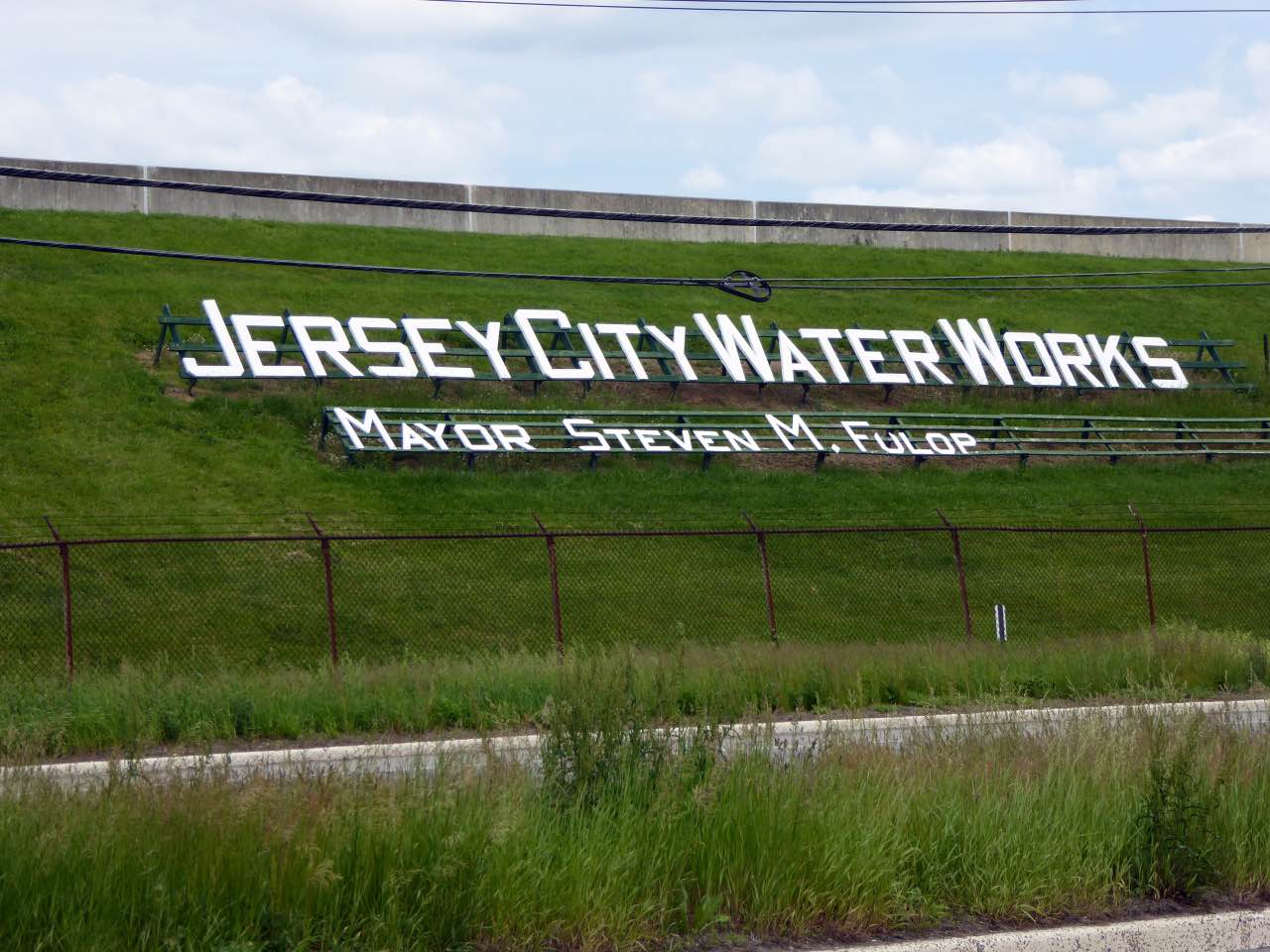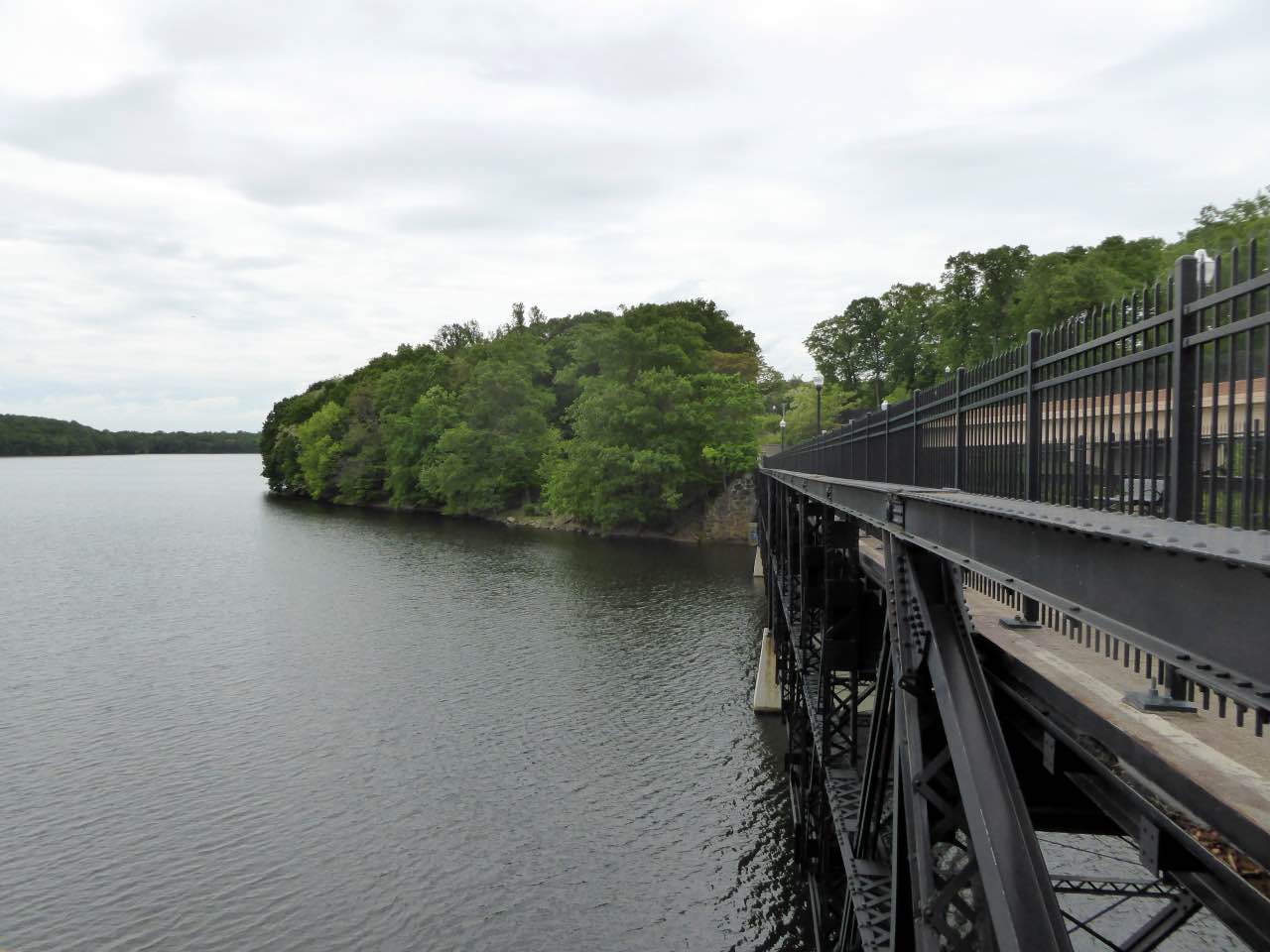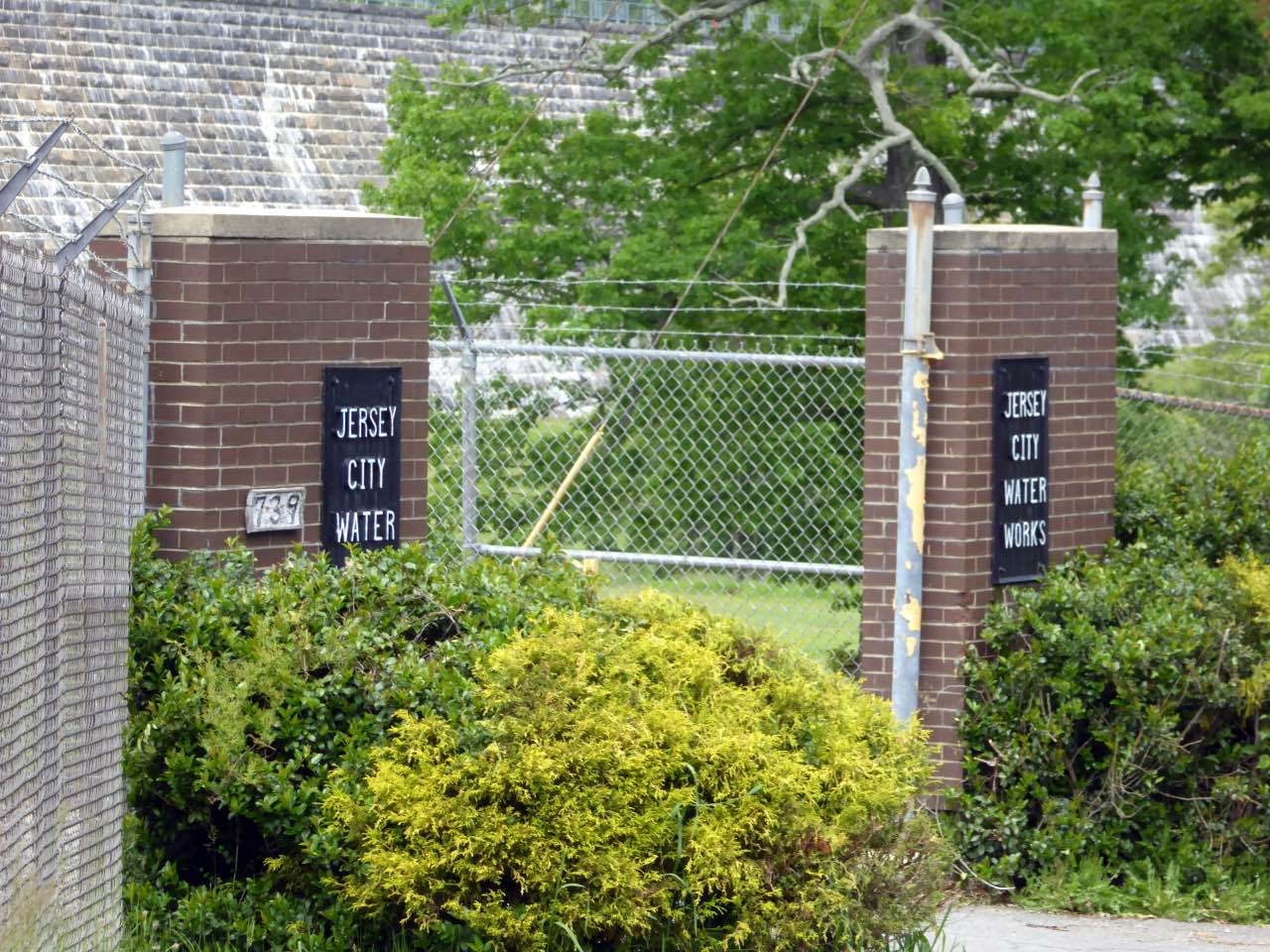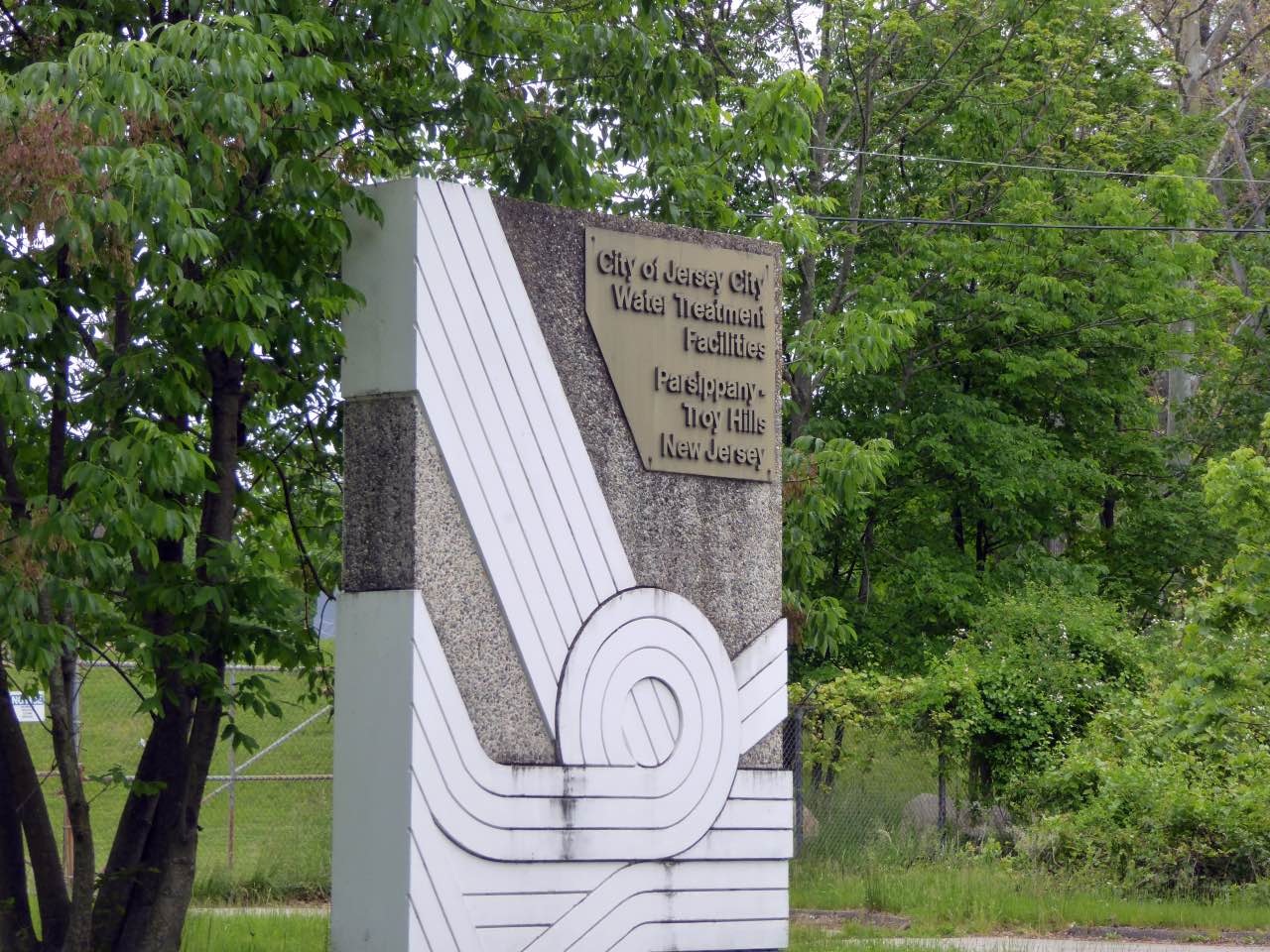
Photography by Jared Kofsky
To most residents of Jersey City and Hoboken, turning on the tap is a simple and routine occurrence. However, the way that the water comes to houses, apartments, and businesses in the two municipalities is quite complex, and, originally, was quite unique.
In the hills of Morris County, over 20 miles to the northwest of Journal Square, lies the 800-acre Boonton Reservoir. Located in Parsippany-Troy Hills, the reservoir has served residents of the Gold Coast since construction was completed in 1904.
According to a historical plaque posted at the site, the development of the facility was motivated by the Urban Reform Movement, “which sought to improve all aspects of life for urban dwellers.” as well as a “typhoid fever epidemic” caused by the city’s contaminated drinking water in 1891. Previously, reservoirs in Jersey City itself, including one on Summit Avenue, supplied residents with water, as did the Passaic River near Belleville.

As the 19th century concluded, Jersey City Water Works officials decided that the Rockaway River would be the new source of water for residents of the city and Hoboken. However, in order to create the reservoir complex at the chosen property, an entire community would have to be relocated.
Currently, the town of Boonton is situated just north of the property, but the original village, known as Old Boonton or Boonetown, remains submerged below the Boonton Reservoir, according to The New York Times. In fact, according to Images of America: Boonton, during a drought in 1957, “the water level was so low in the reservoir that several people were able to take hikes into what was Old Boonton,” where they observed “several building foundations and what appeared to be wells.”

Although today, the Boonton Reservoir is largely surrounded by suburban neighborhoods and Route 46, at the time when construction was finished, it was still situated in a largely rural region, and many of its inhabitants were not pleased with its existence. According to a Water and Sewage Works journal from 1905, shortly after the water supply complex was finished, a local farmer, William Righter, filed a lawsuit against the Jersey City Water Supply Company for $5,000 based on “an allegation that the seepage and overflow from the big Boonton Reservoir ‘back wall’ have converted Mr. Righter’s forty-acre farm into a lake.” The article adds that “many farmers in the vicinity of Parsippany claim losses and damages from the same cause.”

Though the creation of the reservoir was itself historic, the Jersey City Water Works’ most vital and impactful action would come a few years later in 1908, and would forever change American water supply. At first, according to the Water Quality and Health Council, “Jersey City began receiving untreated drinking water from the Boonton Reservoir…through a series of steel pipes and masonry conduits,” which continued to cause “high bacterial counts.”
In order to solve this health crisis, according to PBS, “in almost complete secrecy, without any permission from government authorities (and no notice to the general public), [Jersey City Water Supply Company official Dr. John L. Leal] decided to add chlorine to the Jersey City reservoirs” by developing a “chloride of lime feed facility” on the Boonton Reservoir grounds. The result, according to Chemistry of Water Treatment, was “the first large-scale chlorination of a public water supply in the United States.”
Now, after the water leaves the reservoir, it passes through a treatment plant across the street, which “purifies about 50 million gallons of water a day on average,” according to SUEZ. Then, from Parsippany, two 26-mile pipelines and aqueducts carry the water southeast through Essex County, the Meadowlands, and under the Passaic and Hackensack Rivers to Troy Street in The Heights of Jersey City, from which it is distributed to customers in urban Hudson County.
According to the Boonton Historical Society, the development of the reservoir dam and pipelines involved having the pipeline “be blasted through solid rock along the route at Hook Mountain, Watchung Mountain, and Great Notch,” and creating a temporary railway called the Rockaway and Montville Railroad Company “for the sole purpose of carrying rock from the quarry at Hog Mountain in Montville to the site of the dam.”
Today, the route and some of pipeline itself largely remains the same as when it was built at the beginning of the 20th century. Although many residents might take their water supply for granted, the way in which the water has come from the Rockaway River in the New Jersey Highlands to the buildings of Jersey City and Hoboken for the last 103 years has clearly been quite arduous.
